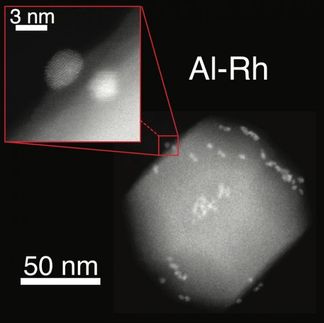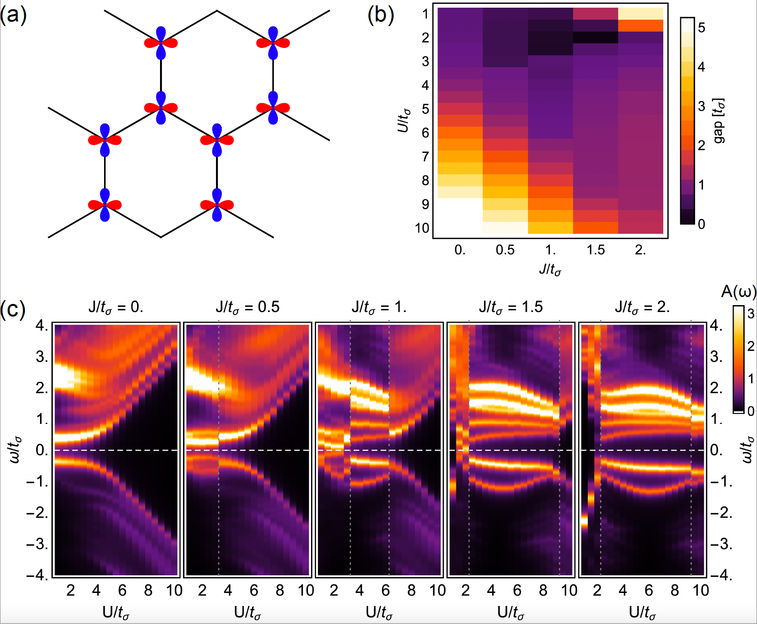New X-ray procedure offers insights into iridium compounds for practical applications
Exotic properties
Advertisement
Scientists at DESY and the London Centre for Nanotechnology, at University College London, have developed a new method for examining the astonishing properties of a special class of iridium oxides known as iridates. The team of principal author Pavel Alexeev, from the Dynamics Beamline P01 at DESY’s X-ray source PETRA III, is presenting the procedure in the journal Scientific Reports.
Many oxides belonging to certain groups of transition metals (chemical elements with an incomplete d electron shell) are known for their exotic magnetic and electronic properties. These can be attributed qualitatively to a range of interactions between the charge of the electrons, their magnetic moment, their localization within the crystals and their atomic orbitals. The relative strengths of the various interactions determine whether an oxide is magnetic, an insulator, an electrical conductor or even a superconductor. The so-called 4d and 5d transitions metals are particularly interesting in this respect.
The properties of many of these oxides can be specifically adjusted by applying external electric or magnetic fields, or exerting pressure on the material. This makes them interesting for numerous applications in micro- and nanoelectronics, for data storage and information processing. Such behaviour is particularly pronounced in the oxides of 5d transition metals, such as tantalum, tungsten, osmium and iridium. The oxides of iridium are especially remarkable because they lose their magnetisation when subjected to pressure, and even under normal conditions develop unexpected magnetic structures. Although some of their properties have been known for quite a while, efforts to explain this behaviour are still in their infancy. This makes it all the more important to develop methods that provide detailed insights into such materials.
A particularly suitable and extremely sensitive method of studying the electronic and magnetic properties of solids is nuclear resonant scattering (NRS) using synchrotron radiation. This method uses the nuclei of the atoms of certain isotopes as local probes for the material’s properties. In view of its numerous possible applications, specialised measuring stations have been set up for this purpose on the P01 beamline at PETRA III, which are used by many scientists from all over the world every year. Among other things, the method allows the orientation of atomic magnetic moments to be determined with great accuracy. NRS therefore complements other X-ray techniques and – in contrast to neutron techniques – makes it possible to study small samples, for example when used on samples subject to high pressure.
In this experiment, NRS was employed for the first time to study the magnetic properties of iridium’s (Ir) oxides. The method uses the isotope 193Ir as a probe for the magnetic properties of the iridium atoms in the sample, making this the first time that this isotope was used for NRS. “Expanding the NRS technique to a new isotope opens up a completely new field of application in a range of different research areas,” says Hans-Christian Wille, the scientist in charge of the P01 beamline. “The relatively high transition energy of 73 kilo-electronvolts found in this isotope presented a challenge, since the intensity of the photons and the efficiency of the detector both drop sharply as the photon energy increases. Designing an efficient X-ray optical system and a new, fast detector were therefore crucial to the success of the experiment.”
The present study looked especially at those oxides of iridium having what is known as a perovskite structure. These include strontium-iridium oxide Sr2IrO4, a prominent example of the new class of so-called spin-orbit Mott insulators. In terms of its magnetisation and electronic structure, this oxide is very similar to lanthanum cuprate La2CuO4, the starting compound for many high-temperature superconductors. For this reason, a careful study of Sr2IrO4 might afford insights into the origins of and mechanism behind high-temperature conductivity in cuprates.
The experiment determined the magnetic structure of Sr2IrO4, in particular the orientation of the magnetic moments in its layered perovskite structure. In the process, the analysis of the NRS data led to the surprising discovery of an unexpected component of the magnetic moments, which is probably attributable to a deficiency of oxygen atoms in the crystal structure. This connection is to be studied in more detail in subsequent experiments.
































































